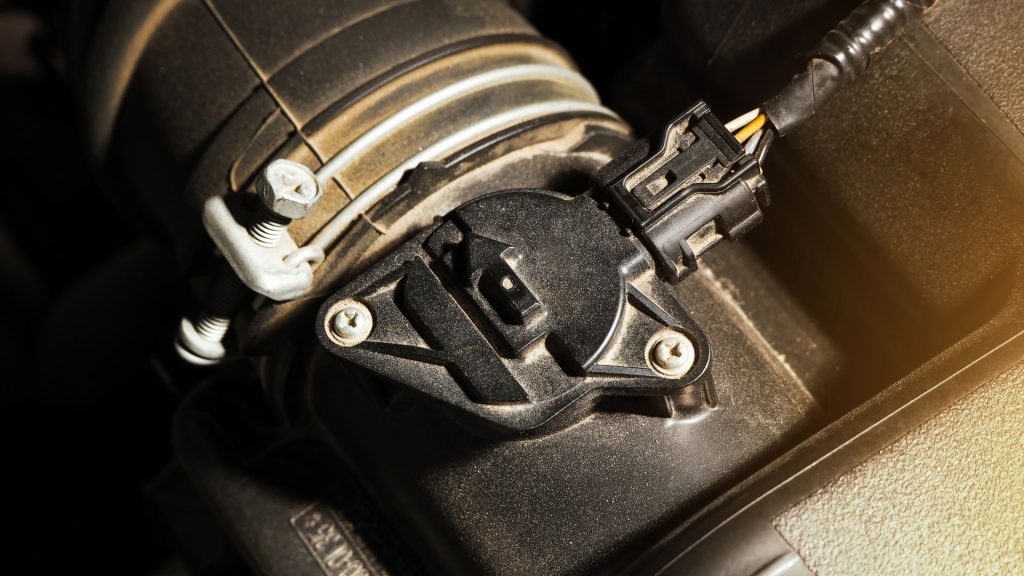Unraveling the Mystery: What Exactly is a Map Sensor and Why Does Your Car Need It?

Unraveling the Mystery: Decoding the Significance of a Map Sensor in Your Vehicle
In the complex world of automotive technology, one component stands out in its importance – the Map Sensor. As a car owner or enthusiast, understanding this integral part of your vehicle can unlock a deeper comprehension of its functioning. Join us on this journey as we unveil the mysteries behind the Map Sensor and explore why your car relies on it for optimal performance.
Navigating the Basics: What is a Map Sensor and How Does It Operate?
The Map Sensor, short for Manifold Absolute Pressure Sensor, is a critical element in modern automobiles. It plays a pivotal role in monitoring and regulating the air pressure within the engine’s manifold. Essentially, it measures the density of the air entering the engine, providing crucial data to the Engine Control Unit (ECU). This information, in turn, influences fuel injection and ignition timing, ensuring the engine runs efficiently.
Key Functions of a Map Sensor
- Monitors air pressure in the intake manifold
- Sends data to the Engine Control Unit (ECU)
- Influences fuel injection and ignition timing
- Enhances engine performance and efficiency
Unlocking the Importance: Why Your Car Needs a Map Sensor
Your car’s engine operates optimally when the air-fuel mixture is precisely controlled. The Map Sensor is the guardian of this balance, continuously feeding information to the ECU for real-time adjustments. Without this crucial feedback loop, your vehicle would struggle to deliver the performance, fuel efficiency, and emission control that modern drivers expect.
The Inner Workings: Understanding Map Sensor Technology
Now, let’s delve deeper into the technology that powers the Map Sensor. Most contemporary vehicles use a three-wire Map Sensor, employing a reference voltage, ground, and signal wire. As air pressure changes in the manifold, the sensor’s resistance alters, modulating the voltage signal sent to the ECU. This dynamic interaction allows for precise control over the engine’s operating parameters.
Evolution of Map Sensor Technology
- Early single-wire Map Sensors
- Transition to two-wire systems
- Modern three-wire Map Sensors
- Emerging innovations in sensor technology
Advancements in Map Sensor Design: A Glimpse into the Future
As automotive technology continues to evolve, so does the design of Map Sensors. Engineers are exploring cutting-edge materials and miniaturization techniques to enhance sensor performance. The integration of artificial intelligence and machine learning is on the horizon, promising even more accurate and adaptive control of engine parameters.
Troubleshooting: Common Map Sensor Issues and How to Address Them
While Map Sensors are integral to engine performance, they are not immune to issues. Recognizing common problems and addressing them promptly is essential for maintaining the health of your vehicle.
Common Map Sensor Issues
- Incorrect readings leading to poor engine performance
- Wiring and connection problems
- Sensor contamination and damage
- Diagnostic trouble codes (DTCs) related to Map Sensor issues
Addressing Map Sensor Problems: A DIY Guide

In many cases, resolving Map Sensor issues can be tackled without professional assistance. Understanding the symptoms and employing basic troubleshooting steps can save both time and money. From checking connections to cleaning the sensor, a few simple actions can often restore optimal functionality.
Map Sensors Across Brands: Variances and Similarities
While the basic function of Map Sensors remains consistent, there are variations across different automotive brands. Understanding these nuances can be crucial for both car owners and mechanics.
Brand-Specific Map Sensor Configurations
- Ford’s approach to Map Sensor technology
- GM’s innovations in sensor design
- Honda’s unique integration of Map Sensors
- Toyota’s reliability in Map Sensor performance
Choosing the Right Map Sensor for Your Vehicle: Considerations and Recommendations
When it comes to replacing a Map Sensor, compatibility is key. Understanding your vehicle’s specific requirements and selecting a sensor that aligns with your car’s make and model ensures seamless integration and optimal performance.
Map Sensor FAQs: Answering Your Burning Questions
As we conclude our exploration of Map Sensors, let’s address some common questions that often puzzle car owners.
Frequently Asked Questions
- Can a faulty Map Sensor damage the engine?
- How often should the Map Sensor be replaced?
- Are there performance gains from upgrading the Map Sensor?
- Can a Map Sensor be cleaned, or is replacement necessary?
Final Thoughts: Unveiling the Map Sensor’s Role in Automotive Excellence
In the intricate dance of automotive components, the Map Sensor takes center stage, orchestrating the harmony of air, fuel, and ignition. Understanding its significance empowers car owners to make informed decisions about maintenance, troubleshooting, and upgrades. As technology continues to advance, the Map Sensor remains a linchpin in the quest for enhanced performance and efficiency on the open road.



